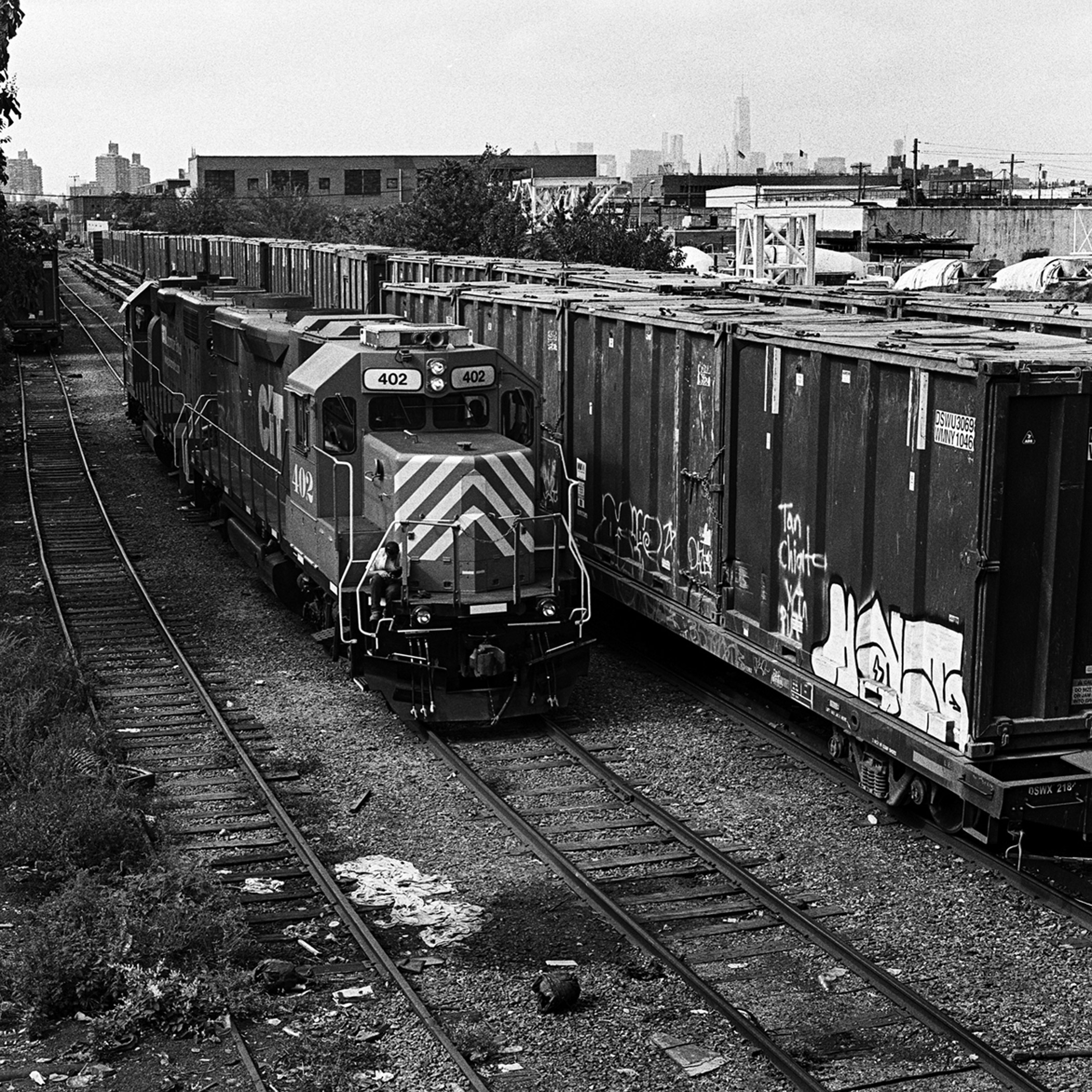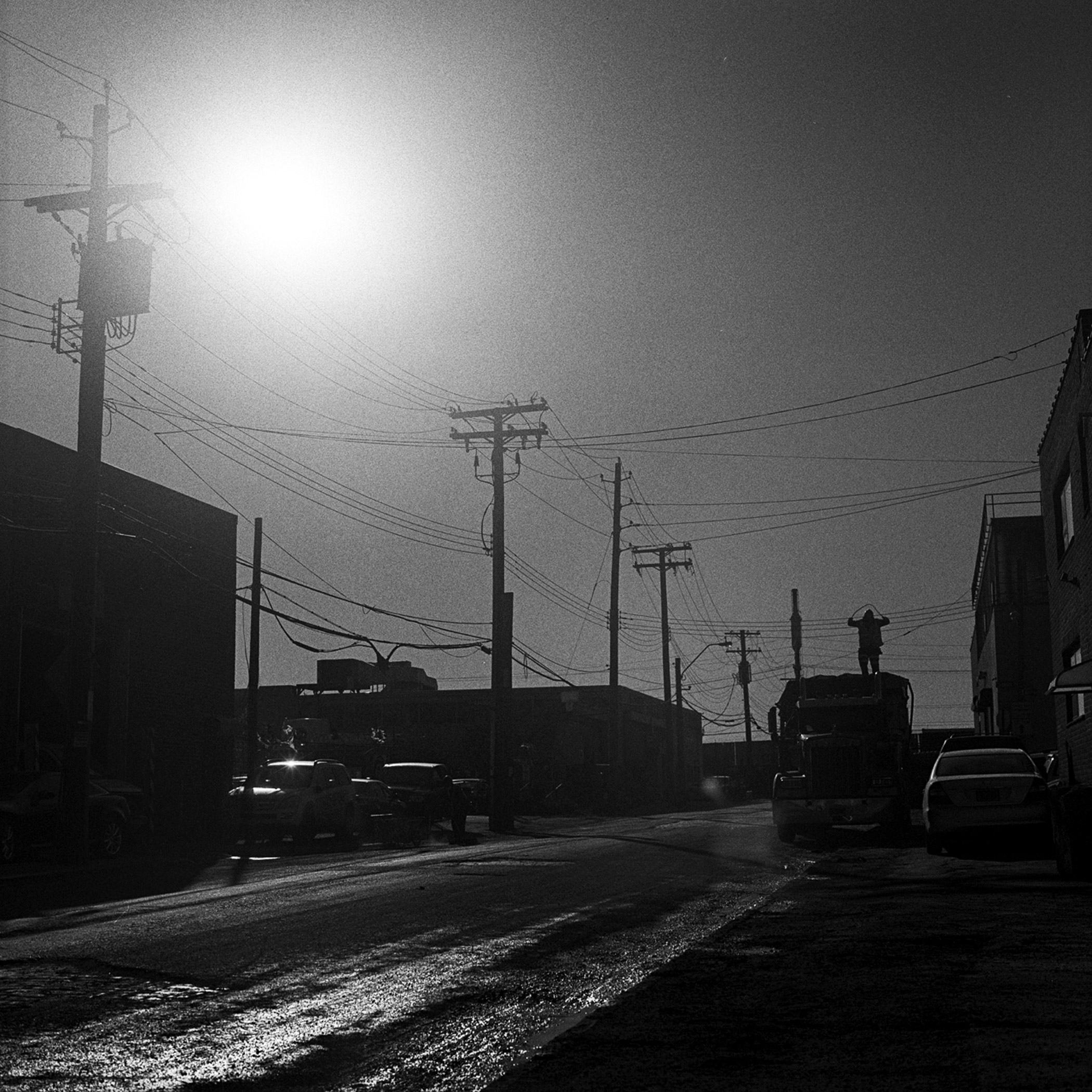
Day in and day out, they come into work, laboring in outer boroughs in the shadow of Manhattan’s skyscrapers that wouldn’t stand if it weren’t for them. They are the city’s rebar specialists, warehouse managers and mechanics among many other professions. At a time when political candidates in both parties are lamenting the decline of manufacturing jobs ahead of Tuesday’s New York primary, the “whole city depends on them,” says Dakota Santiago, who photographed New York’s working class laborers. “Here they are, like an ant colony keeping everything running.”
A New York Daily News mailer and tail man himself, Santiago learned about manual work from his father and his uncle. The former, Alfred Santiago, drove a Daily News truck for 50 years; the latter, Joel Moreno, would invite him out for the last runs of his route on a waste management truck.
“Whenever I would stay at my uncle’s place in Queens, he would ask if I wanted to go with him on his last one or two runs, which at the time was actually the underground complex for the World Trade Center when it was still standing,” says Santiago. “And so we would pick up the containers at the World Trade Center and we used to dump it on Varick Avenue in Bushwick, where there was a waste management transfer area.”
When Santiago graduated high school, he was proud to follow in his father’s footstep as a New York Daily News employee. Newspapers were special to the photographer, whose interest in the visual arts began with drawing. He would leaf through the papers for reference photos, rendering the images of the world as he saw them until this no longer sufficed. That’s when he fell in love with photography. His series of portraits, Working Class New York, shot on medium format film, are Santiago’s first photographic endeavor.
Santiago used film to mirror his subjects’ manual work. “I just like the hands on aspects of it. I feel a little bit more proud working with it because it’s not so dependent on a computer.”
Shy and new to photography, Santiago began exploring the streets he remembered from his childhood, camera at the hip as he waded through familiar scenes for the first time on foot. “When I go to the scrap yards I see all the trucks lined up, all the same trucks that my uncle used to drive.”
He approached his subjects, complete strangers, as they worked on the streets and on open sites. Most were receptive to his venture of documenting New York’s under-appreciated working class. “When you’re in Manhattan you see it all, but where did it come from? And nobody really asks and nobody really cares. I wanted to bring that out, I just wanted to put a face of the workers that keep this city running.”
Santiago emphasized that the manufacturing workforce is shrinking, but it has not disappeared. The sector as a whole has declined 60 percent in New York since the 1940s when it was a source of economic prosperity in the state.
Dakota Santiago is a freelance photographer based in Bayonne, N.J. Follow him on Instagram @metrospecial.
Chelsea Matiash is TIME’s deputy multimedia editor. Follow her on Twitter and Instagram @cmatiash.











More Must-Reads From TIME
- What Student Photojournalists Saw at the Campus Protests
- How Far Trump Would Go
- Why Maternity Care Is Underpaid
- Saving Seconds Is Better Than Hours
- Welcome to the Golden Age of Ryan Gosling
- Scientists Are Finding Out Just How Toxic Your Stuff Is
- The 100 Most Influential People of 2024
- Want Weekly Recs on What to Watch, Read, and More? Sign Up for Worth Your Time
Contact us at letters@time.com